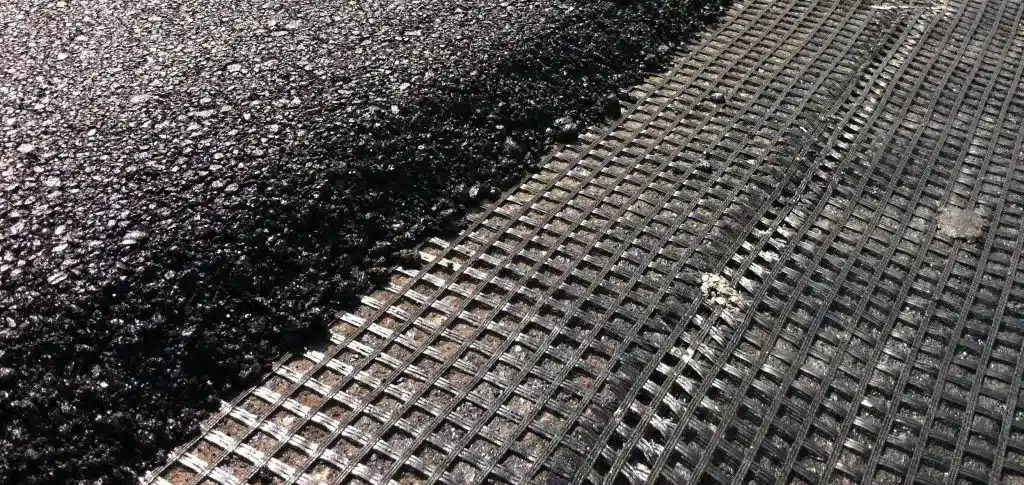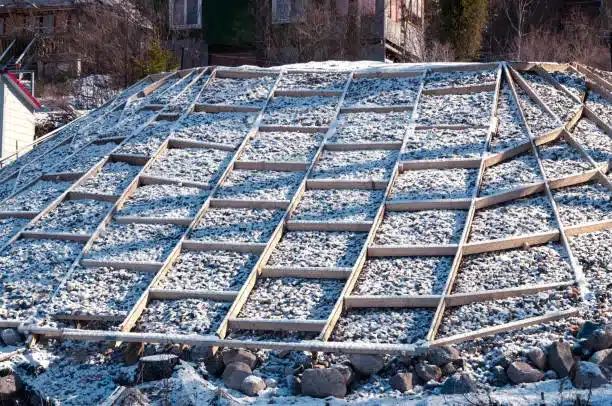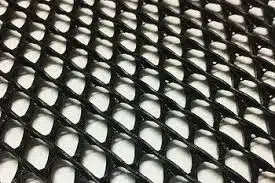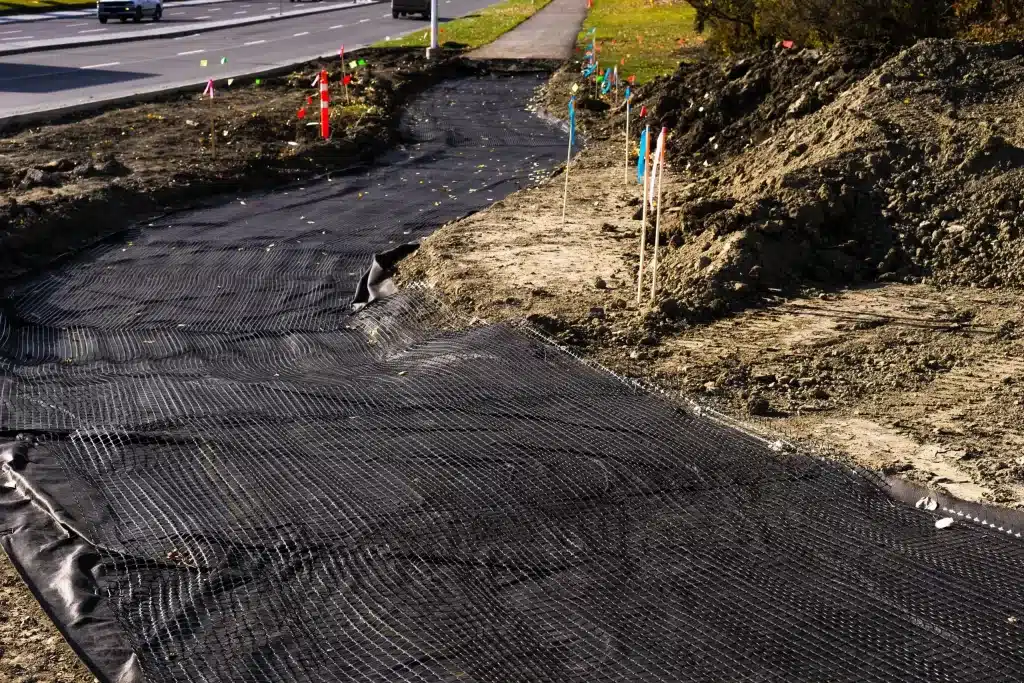Unraveling the Differences Between Geogrid and Geonet in Geotechnical
Geogrids and geonets are two crucial materials in the realm of geotechnical engineering, serving distinct purposes in soil stabilization, erosion control, and drainage systems. While both are essential for enhancing the performance and durability of civil engineering projects, they possess unique characteristics that make them suitable for specific applications. This article aims to shed light on the differences between geogrids and geonets, their applications, and how to choose the right material for your project.
What are Geogrids and Geonets?
Geogrids are structural materials composed of polymers or other synthetic materials, formed into a grid-like pattern. They are used primarily for soil reinforcement and stabilization. Geogrids are employed to enhance the load-bearing capacity of soil, especially in applications like retaining walls, embankments, and pavements.
Geonets, on the other hand, are three-dimensional mesh-like materials made from high-density polyethylene (HDPE) or other plastics. They are primarily used for drainage applications, erosion control, and filtration. Geonets create a network of channels that allow water to flow efficiently, making them ideal for applications such as landfill caps, slope stabilization, and drainage systems.
What are the Key Differences Between Geogrids and Geonets?
Geogrids:
- Primary Purpose: Soil reinforcement and stabilization by distributing loads and reducing soil movement.
- Structure: Typically a two-dimensional grid-like pattern made from high-strength polymers.
- Applications: Used in retaining walls, embankments, pavements, and other structures requiring increased load-bearing capacity.
- Benefits: Improves soil stability, reduces the need for excessive fill materials, and extends the lifespan of structures.
- Primary Purpose: Drainage, erosion control, and filtration by providing efficient pathways for water movement.
- Structure: Three-dimensional mesh structure with interconnected voids, facilitating water flow.
- Applications: Employed in landfill caps, slope stabilization, drainage systems, and other projects requiring water management.
- Benefits: Enhances drainage efficiency, prevents soil erosion, and helps maintain the integrity of the project over time.
How Do I Choose Between Geogrids and Geonets for My Project?
Choosing between geogrids and geonets depends on the specific requirements of your project:
– Geogrids: If your project involves stabilizing soil against movement or enhancing load-bearing capacity, geogrids are the right choice. They are suitable for applications like retaining walls, pavements, and embankments.
– Geonets: When effective drainage, erosion control, or filtration is a priority, geonets are the better option. They work well for projects involving slope stabilization, landfill caps, and drainage systems.
Can Geogrids and Geonets Be Used Together?
Yes, it is possible to use geogrids and geonets together in certain projects. For instance, in a retaining wall application, geogrids can be employed to stabilize the soil and reinforce the structure, while geonets can be placed behind the wall to ensure proper drainage and prevent water buildup that could compromise the wall’s integrity.

Geogrids and geonets are invaluable assets in geotechnical engineering, each with its own set of benefits and applications. By understanding the differences between these materials and their distinct functions, engineers and project managers can make informed decisions to ensure the success and longevity of their projects. Whether it’s stabilizing soil, enhancing load-bearing capacity, managing water drainage, or preventing erosion, the choice between geogrids and geonets ultimately depends on the specific needs of the project at hand.



Comments
Post a Comment